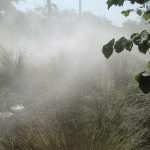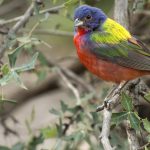Meet a local urban farmer whose roots in agriculture have fostered a deep sense of gratitude and responsibility for conserving Texas land and heritage.
Who are you, what do you do, and how did you get here?
Drew Steans paints his family tree in the air with two gestures. On one side are the Steans, his father’s family, who are farmers. On the other are the Harrises, his mother’s family, who are ranchers. For generations, Steans’ family has held a close working relationship with the land. In fact, they were some of the first black families to own land in Texas after being emancipated from slavery, working as sharecroppers, and then eventually purchasing their property from their former slaveowners.
Growing up on his family’s property crossed by the San Marcos River, Steans learned how to maintain the land for pecans and cows. The river, he notes, is the true cornerstone of the property, and has always framed his concept of agriculture and land stewardship. “Water has always been in my mind,” he says with a smile.
Steans went on to receive a degree from Texas A&M in Agriculture Systems Management, which added an economic slant to his more holistic sensibilities on stewardship and conservation. He dialed in on the concept of “minimize inputs and maximize outputs,” identifying land and water as the two most significant costs in agriculture that he wanted to address. Steans’ research brought him to a company based out of Boston that manufactures shipping containers equipped with hydroponics systems. These “container farms” are highly efficient, Steans affirms, able to produce the same crop yields in a 320-square-foot space with what “would typically take 3-4 acres” and with an estimated 95% reduction in water use. “That’s something that hits the box,” Steans says proudly.
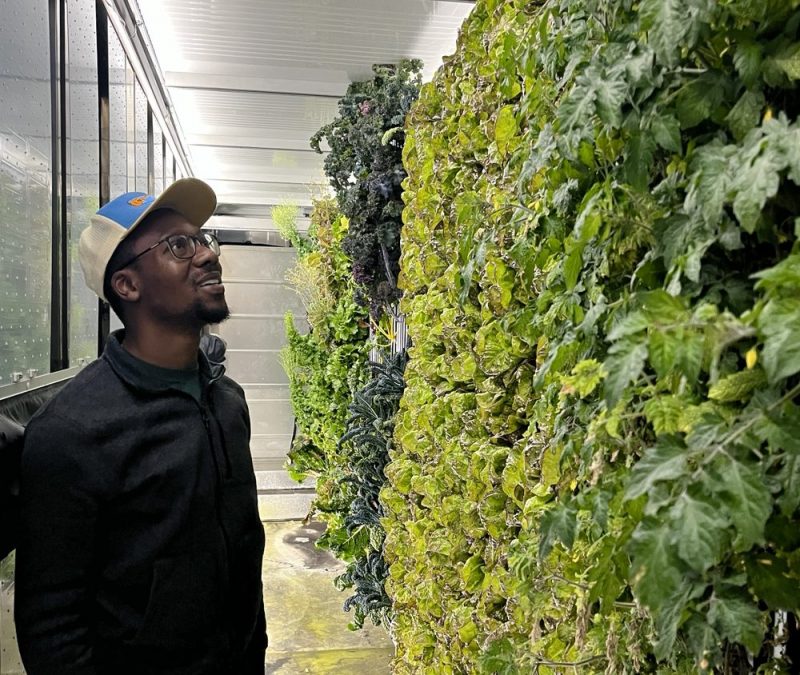
What project(s) are you working on right now?
When Steans purchased his hydroponics unit back in September, he hit the ground running. He founded his new company with the intention of showcasing how farmers can be “more sustainable and creative with how we go about producing” food. He began trialing different varietals of leafy greens right away, seeing what grew well, what flopped, and what he could find a good market for. The first year has been an important learning process as Steans figures out not only a new business model but also new production technology.
Energy is his next input to tackle. He’s currently working with the city to start a solar project to help offset the unit’s energy use, which he admits could potentially be quite high in the heat of summer. Yet solar energy, Steans argues, is far more available than water in San Antonio, though he laughs and agrees to keep me updated on his findings.
Steans is also looking to relocate the container to a property on the east side of San Antonio, where he expects to see even better impact in the community as far as providing fresh local produce. He mostly works with restaurants and wholesalers right now, but you can find Steans’ produce at several farmers markets around town, including Shavano Park, Balcones Heights, and Garden Ridge.
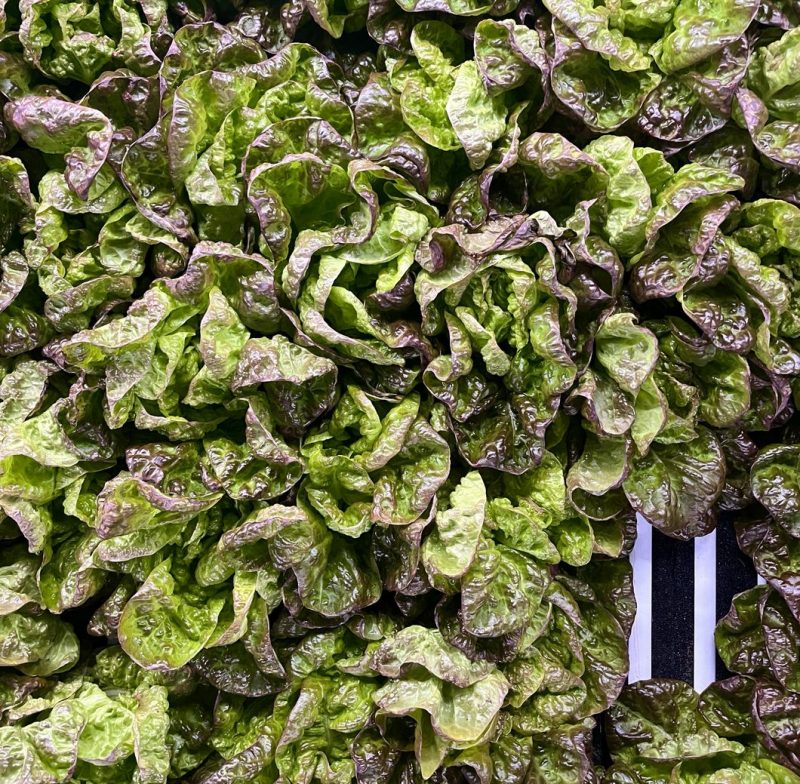
Which plant(s) are you connecting with most right now?
His lettuces are showstoppers. Steans breaks off a piece of a new mustard green varietal he has been trialing for me to taste. Horseradish, wasabi, and pepper fill my mouth. Closely related to arugula, collards, and kale, mustard greens have been cultivated for centuries. Many wild species of mustard greens can still be foraged for food as well. Most mustards are considered weeds, like Virginia pepperweed (Lepidium virginicum). As the name suggests, the seedpods can be used as a substitute for black pepper, and young leaves can be eaten raw or sauteed.
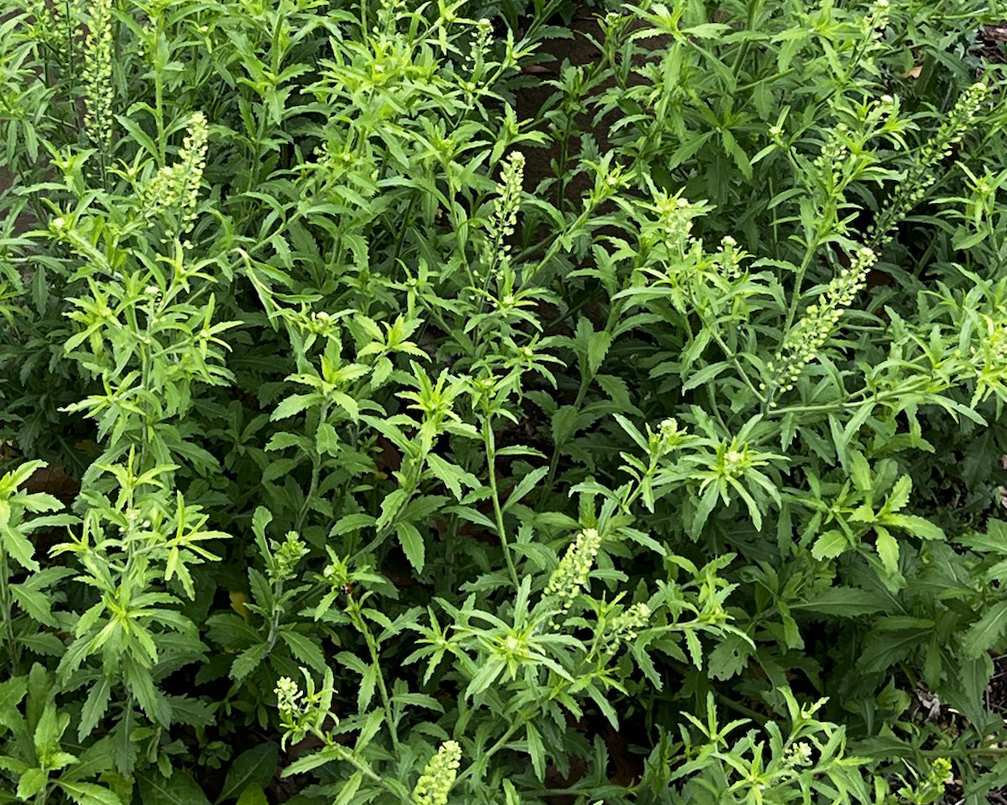
Who inspires you to do what you do?
His best business partner has always been his father, Steans says. They have managed land together in the past, running traditional agricultural ventures in ranching and farming. Steans says his dad didn’t skip a beat when he proposed his hydroponics vision, despite the fact it would be a totally new, unknown venture to them both. Steans says he’s grateful for his always supportive.
What advice do you have for new gardeners/plant enthusiasts?
“Utilize the resources that are out there,” Steans urges. He points to Master Gardener classes, SAWS gardening materials, and more. Trying something new takes a certain appreciation for the subject and ability to be flexible, Steans says. He reminds us to be patient with ourselves and cultivate a willingness to try different things. He laughs as he recalls a compliment from a friend, who told him that what he’s doing is art. And like art, stewardship is a process.



